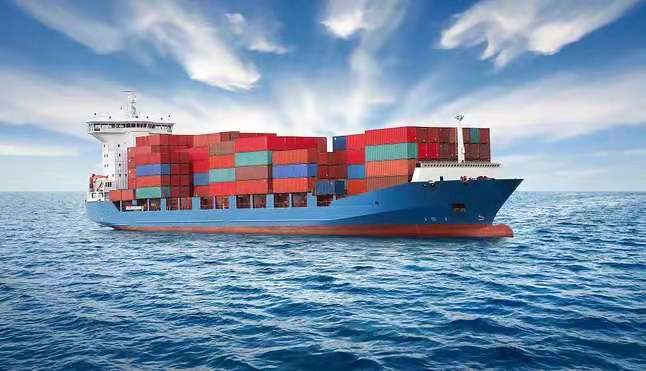Views: 3 Author: Site Editor Publish Time: 2021-03-10 Origin: Site

The global shipping system is experiencing a unique and unexpected crisis. A series of unusual events triggered by the COVID-19 pandemic led to a serious container shortage crisis. This situation can be classified as global, because the shortage of containers will have a chain reaction on all supply chains and fundamentally disrupt international trade.
At the stage of trade recovery, the shortage of containers has a great impact on the freight rate.According to market participants, the transportation cost per container increased from US $1500 to US $6000-9000 in February this year. The shortage of containers has also pushed up the price of new containers.
At present, the dominant Chinese container manufacturers are pricing new containers at US $2500, up from US $1600 last year. Container rentals also increased by about 50% in the previous six months.
There are four main reasons for this crisis
First, due to the reduction of the number of available containers;
Secondly, most ports are congested due to labor shortage;
Third, due to the reduction of the number of ships in operation;
Finally, due to significant changes in consumer buying sentiment.
In the middle of last year, the real "black swan" appeared. A large number of containers from Asia were transported to North America, but due to the epidemic situation, almost no containers were transported to Asia. As the shipping companies are not interested in this, they do not pay much attention to the return of empty containers. So far, this supply asymmetry has evolved into a terrible huge imbalance.
In addition, there has been a catastrophic shortage of labor in US ports. It's not just docks and warehouses. Due to border restrictions, customs work was also partially suspended. Although China resumed exports earlier than the rest of the world, other countries are still facing continued blockades, restrictions and layoffs.
At present, there is an unbalanced gap of 40% for containers in North America. This means that for every 10 containers that arrive, only four return, while six remain at the port of arrival. The average monthly trade between China and the United States is 900000 TEU, and there is a huge absolute imbalance in containers.
In the first quarter of this year, sales increased by 23.3% over the same period last year. Container shipping crisis affects various business areas in different ways. For example, the transportation of high-value commodities such as mechanical engineering products, electronic products and computer equipment is less affected.
But for other categories of goods, especially the textile industry, chemical industry in Asia, the increase in transportation costs has brought more serious consequences. Exporters say the sharp rise in freight costs has led to the closure of many low profit textile mills.
Delays and container shortages are pushing up freight rates. In Asia, cargo delivery delays for several weeks have forced many companies to negotiate with buyers to raise prices.
Although some reports indicate that its port activity has improved in recent weeks, other reports from the shipping industry remain pessimistic about the outlook for the coming months. Many people still think that nothing will ease until summer.
Many measures are being taken to break the deadlock. However, it is not clear how the global container shortage crisis can return to normal in the next few months. Unfortunately, contract rates are also expected to remain high throughout the year. It is already clear that this year will be a challenging one for trade and transport companies, and therefore for the world economy.
Obviously, this year will be a challenging one for trade, shipping companies and the world economy.